Gardening mistakes to avoid in June – garden experts reveal how (and how not) to get your yard ready for summer
10 expert tips to help you avoid the most common pitfalls and achieve the summer garden of your dreams
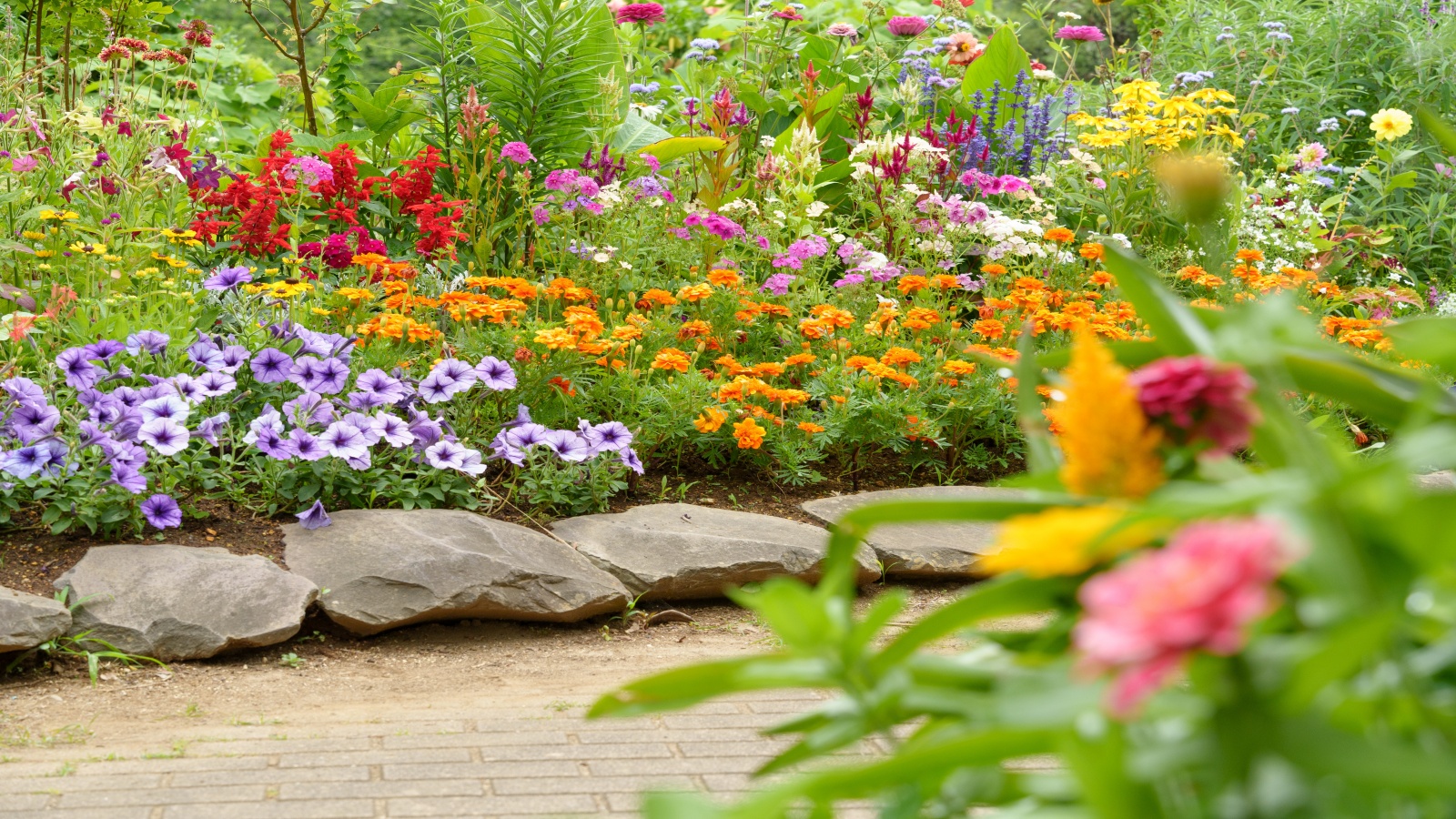
- 1. Incorrect watering
- 2. Planting at the wrong time
- 3. Planting too close together
- 4. Not supporting plants
- 5. Ignoring weeds and pests
- 6. Forgetting to feed plants
- 7. Neglecting greenhouse plants
- 8. Neglecting patio containers
- 9. Mowing the lawn too short
- 10. Looking after yourself, including sun protection and hayfever
- FAQs

June is an exciting month in the garden because everything is getting in the swing of things and growing well.
But there’s so much going on this month, so many tasks jotted down in our summer gardening checklist, that it's easy to forget some important jobs in the rush to get everything done.
None of the most common gardening mistakes are usually irreversible, but it helps to be aware of what they are and take steps to avoid them.
Gardening mistakes to avoid in June
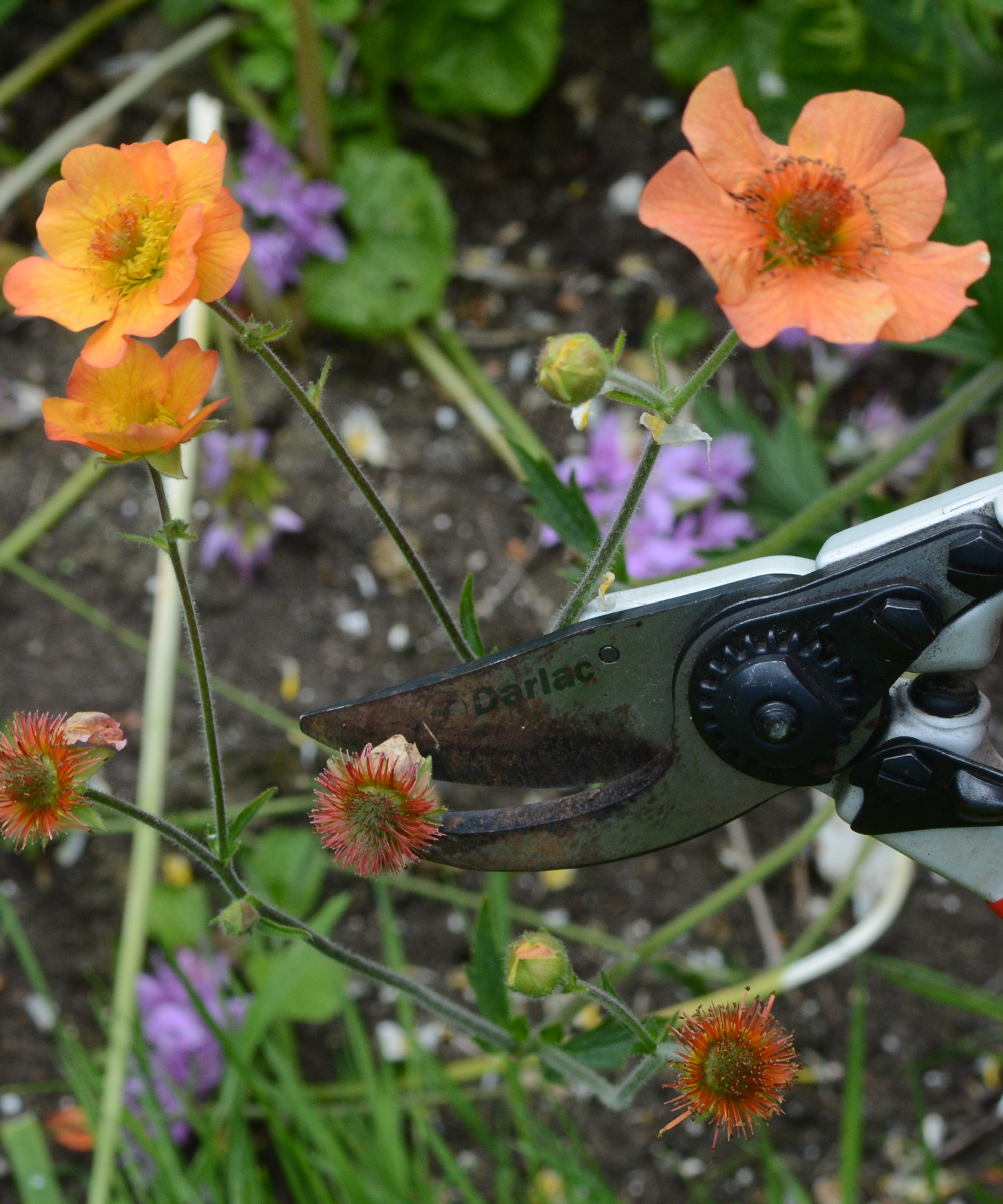
Deadheading is an important June gardening task that keeps flowers blooming for longer
I know I’m going to be incredibly busy this month and sometimes it can be difficult to keep track of everything that needs doing as June progresses.
Whether it’s vegetables to plant or biennials to sow, I’ll be out in the yard most days, even if it’s only for 10 minutes, making sure I stay on top of the most pressing jobs.
So here are the ten most common gardening mistakes to avoid in June, including how to prevent them from happening.
1. Incorrect watering
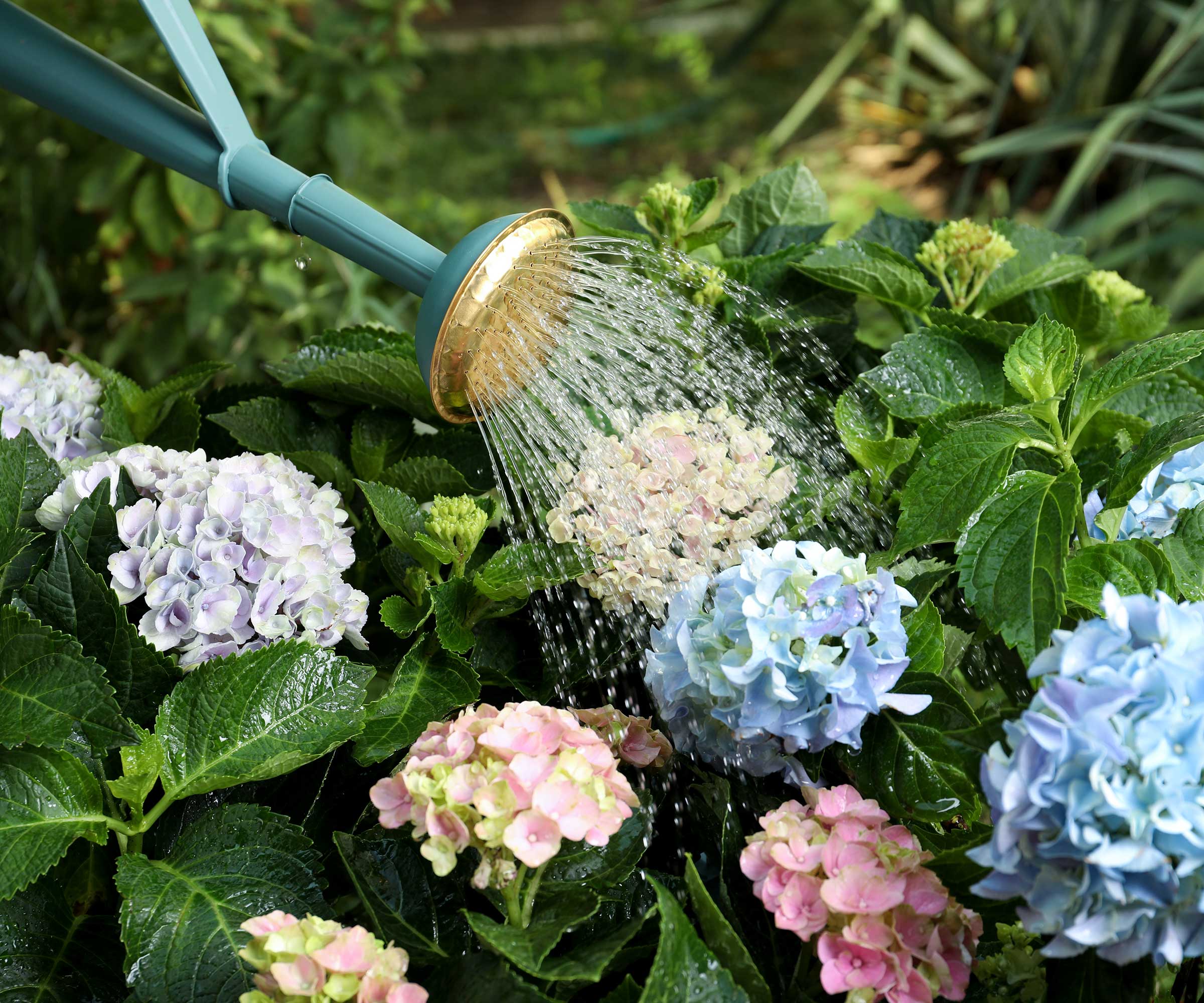
Watering is a vital summer job and it's important to get it right
There is a lot more to watering your plants than you might think.
Design expertise in your inbox – from inspiring decorating ideas and beautiful celebrity homes to practical gardening advice and shopping round-ups.
As the weather gets hotter, make sure they have adequate hydration by watering consistently and deeply. It is better to give the soil a really good drenching two or three times a week, than water lightly every day.
Deep watering sends moisture down through the soil and the roots will follow, spreading out to access all the available moisture and anchoring the plants as a result.
Shallow watering encourages roots to stay near the surface of the soil, so they have a smaller area to search for water and potentially making plants less stable and more likely to blow over in high winds.
Conversely, be careful not to overwater, especially plants in containers and any growing where the soil is heavy clay and prone to waterlogging.
Overwatering can cause bulbs and roots to rot, and too much water can also ‘drown’ plants by forcing all the oxygen from the soil or compost.
Moisture meters, available from Amazon, can help to keep a check on moisture in the soil.
2. Planting at the wrong time
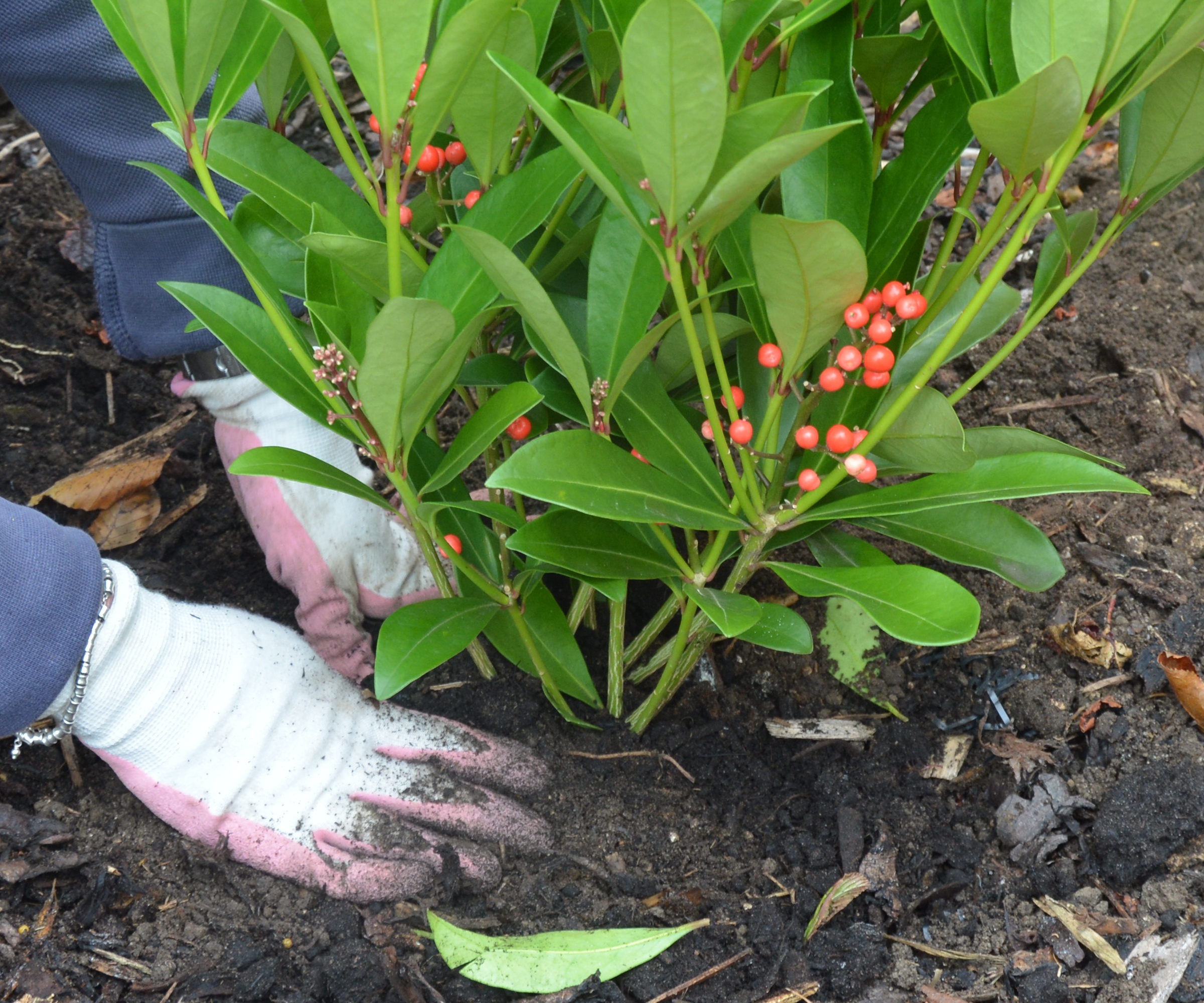
Although many plants can be added to the garden in June, wait until fall to plant shrubs as they need a lot of watering
June is widely seen as a peak planting month, but there are some varieties that should be planted in the spring or fall when conditions are cooler and damper.
Large plants such as trees, shrubs, roses and climbers can be planted now but they may struggle to establish well in drier conditions.
You will need to keep them well watered through the summer, which can be time-consuming and not always successful during prolonged periods of drought, so rein in your impatience and wait for the fall when you can buy bare-root plants that are cheaper!
However, many edible and ornamental plants can be added to the yard now.
Runner beans, French beans, plus many other varieties of legumes, squash and zucchini, tomatoes, chillies and cucumbers will all thrive in hot weather, as long as they have adequate watering.
Many annuals, biennials and herbaceous perennials such as dahlias and canna lilies can be planted too.
3. Planting too close together
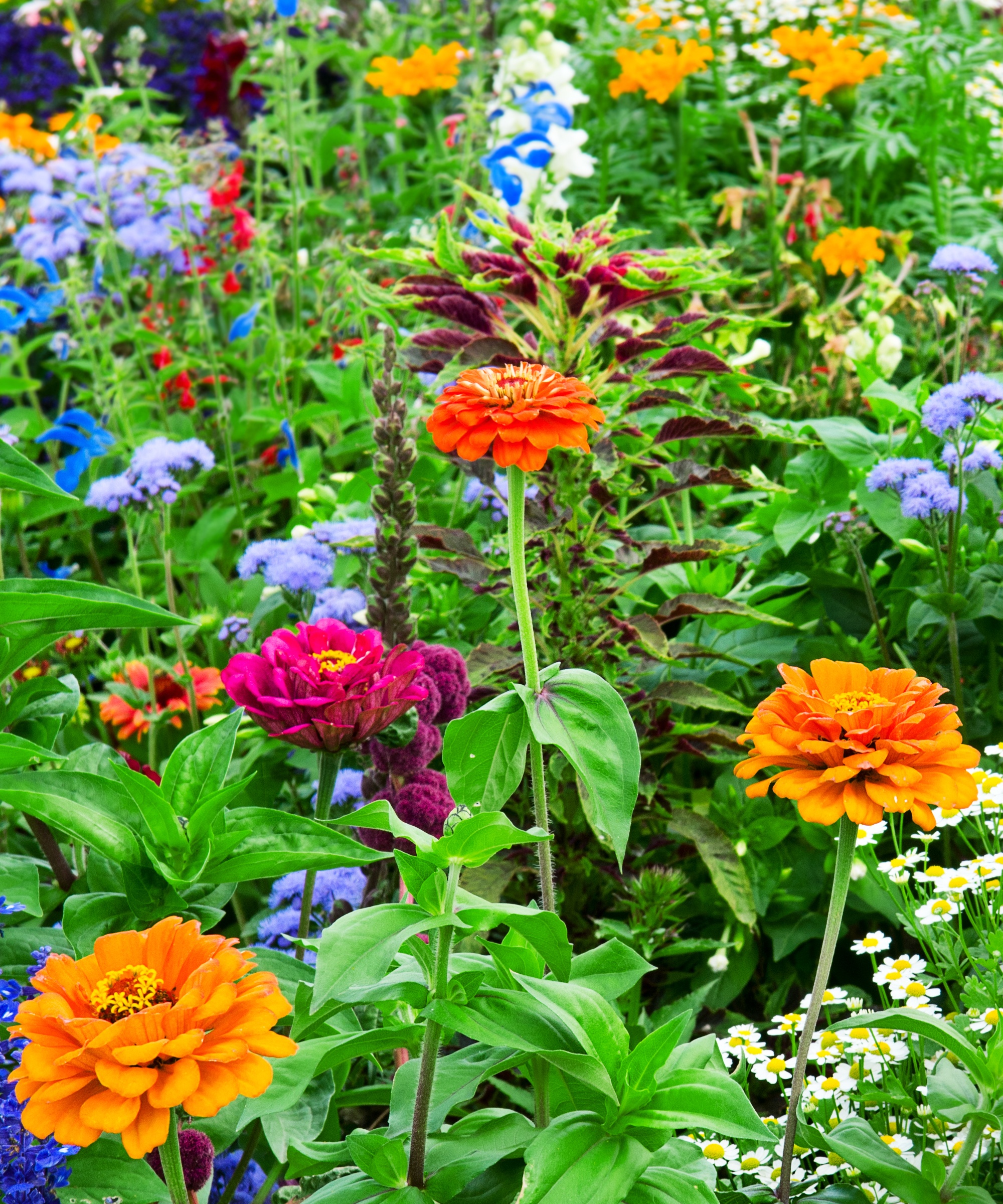
A packed garden border is eye-catching but if overcrowded your plants can suffer
One common error that many enthusiastic gardeners make, and I include myself here, is getting carried away and planting too close together.
If you don’t give plants enough space, they can’t reach their full potential because they will be competing for food, water and light.
A crowded border also reduces airflow around your plants, making them more susceptible to fungal diseases such as rose black spot and powdery mildew.
Plants growing shoulder-to-shoulder also provide a convenient pathway for pests, making it easy for unwanted critters to move from one to the other.
4. Not supporting plants

Climbing plants and varieties with large flowers such as dahlias need supporting
As plants really get growing this month, taller varieties that add grace and height to the yard will need supporting.
There are lots of attractive climbing plant support ideas and it is important to get them in place before the plants, whether they are edible or ornamental, get too large and unwieldy.
Unsupported plants can be damaged by strong winds and heavy rain, and the weight of large dahlia blooms and sunflowers can cause stems to snap.
Depending on your US hardiness zone, it is especially important to stake late-flowering varieties that are more at risk from bad weather in the fall.
Unsupported plants tend to flop over the borders, creating a messy look and smothering other plants. If they collapse over the lawn they may damage the turf.
Also make sure you tie in and train climbing plants to a robust trellis to keep them tidy and to prevent them from whipping around in stormy weather. No one wants to be clipped around the face by a thorny climbing rose!
These climbing supports from Amazon can help support your plants and are very easy to install.
5. Ignoring weeds and pests

Don't neglect weeding as unwanted plants willbe growing strongly this month
Putting off weeding 'until tomorrow' is a huge June gardening mistake because invasive weeds will happily take advantage of good summer weather and out-compete plants, stealing food, water and light.
I find that the easiest way to keep unwanted plants in check is to do a bit of weeding on a regular basis, so I can remove them before they get well established.
As an organic gardener, I don’t use chemicals, and I make sure weeds can’t spread by getting them out with a hori hori knife like this Nisaku knife on Amazon before they set seed.
I leave tough perennial weeds with robust tap roots in the sun for a few days until they shrivel, or drown them in buckets of water for a couple of weeks before composting.
If you prefer to use a chemical, pet-friendly and glyphosate-free Natural Armor Weed and Grass Killer on Amazon works well.
I also use natural pest controls, keeping an eye on our plants and dealing with aphids, weevils and caterpillars as soon as I see them, usually by hand.
I always make sure I leave some to feed our gardening pest-control allies, including hoverflies, ladybugs, wild birds, frogs, wasps and ground beetles.
6. Forgetting to feed plants
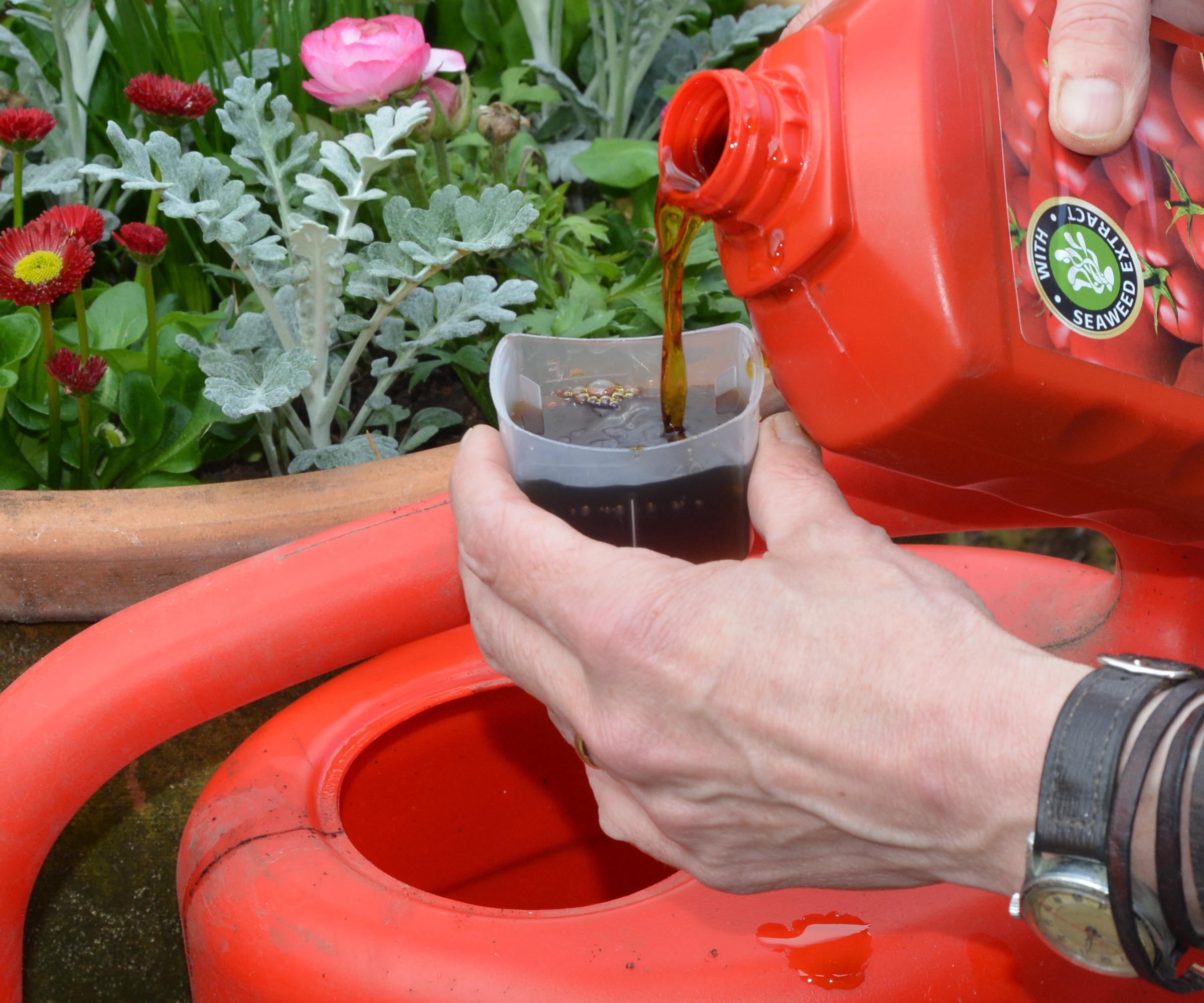
Once plants start to flower and produce crops, feed them with high-potassium fertilizer
June is a time of rapid growth, so ensure your plants get the nutrients they need to keep them healthy and flowering and fruiting well.
If you regularly mulch plants and enrich the soil with plenty of homemade compost, leaf mold from fallen leaves and well-rotted farmyard manure like Black Kow on Amazon, your plants should be brimming with health already, but sometimes they need extra help.
A general fertiliser such as all-purpose Miracle Gro Shake n Feed on Amazon will give plants a broad, all-round feed to encourage strong growth, healthy roots and leaves.
Once buds start to form on ornamental and edible plants you should give them a fertilizer that contains high levels of potassium, the nutrient needed for good flowering and cropping.
The easiest way to do this is to use a tomato fertilizer such as Burpee Organic Tomato and Vegetable on Amazon which will feed your plants for up to three months.
Never pour fertilizer directly onto dry soil or compost because it will burn roots and plants will be unable to access the goodness.
If you are growing in containers, remember to keep the compost just damp, but not sodden, for the best nutrient take-up.
7. Neglecting greenhouse plants
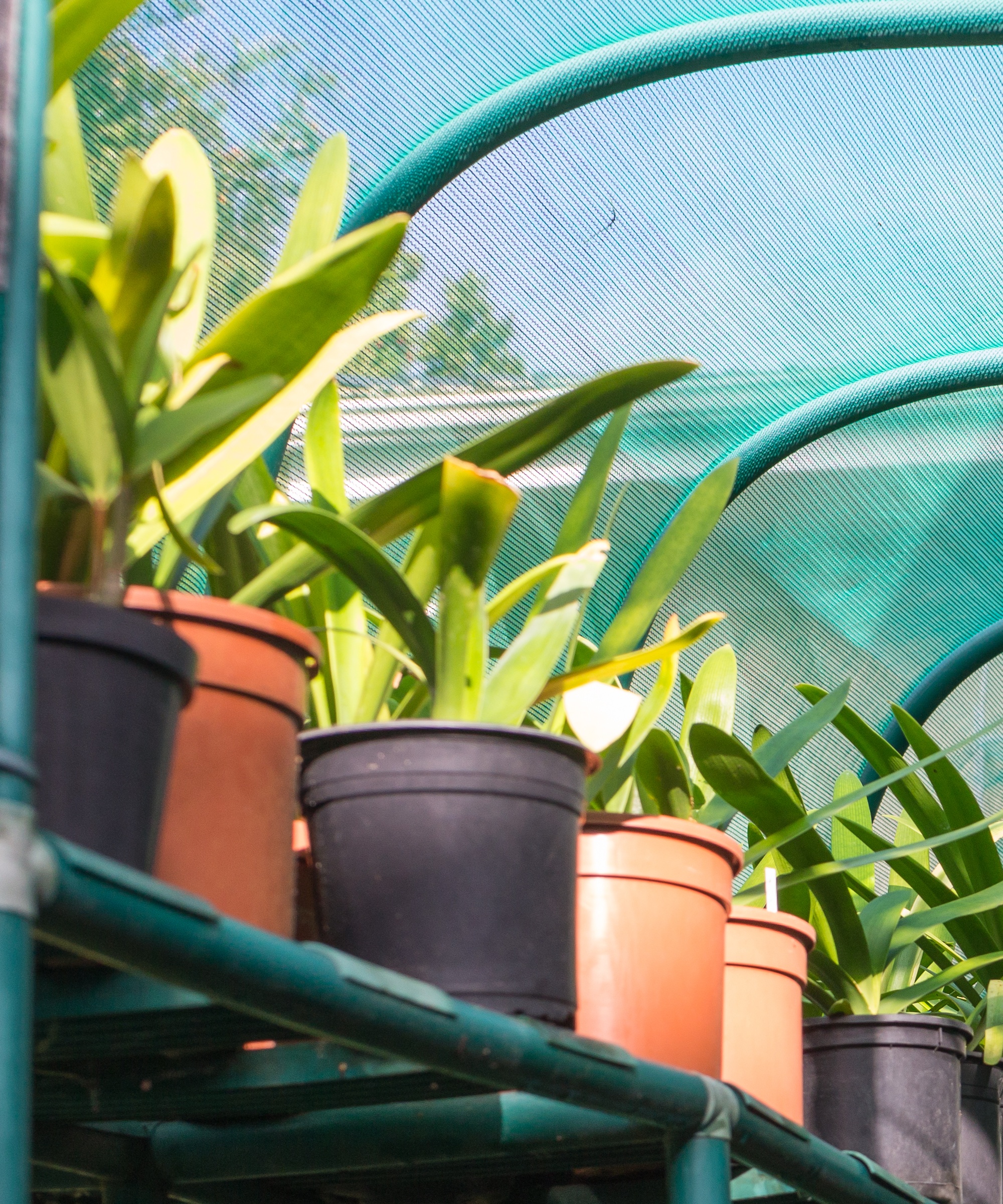
Make sure greenhouse plants are shaded to avoid leaf scorch
A common gardening mistake is to let your greenhouse get too hot in summer, causing plants growing inside to wilt and die or suffer from leaf scorch.
Whatever greenhouse you have, as the temperature rises, keep plants cool by shading the greenhouse using a washable shading paint like this Inspired Cool Glass Shading Paint at Amazon, or by covering the frame in mesh like this Shade Cloth for Plants at Amazon to keep out the worst of the sun during the hottest times of the day.
Make sure there is good ventilation by keeping doors and windows open, and raise humidity by damping down the floor or placing saucers of water under greenhouse shelving and tables.
As well as lowering the temperature, the water will boost humidity which helps deter sap-sucking pests like glasshouse red spider mite.
8. Neglecting patio containers
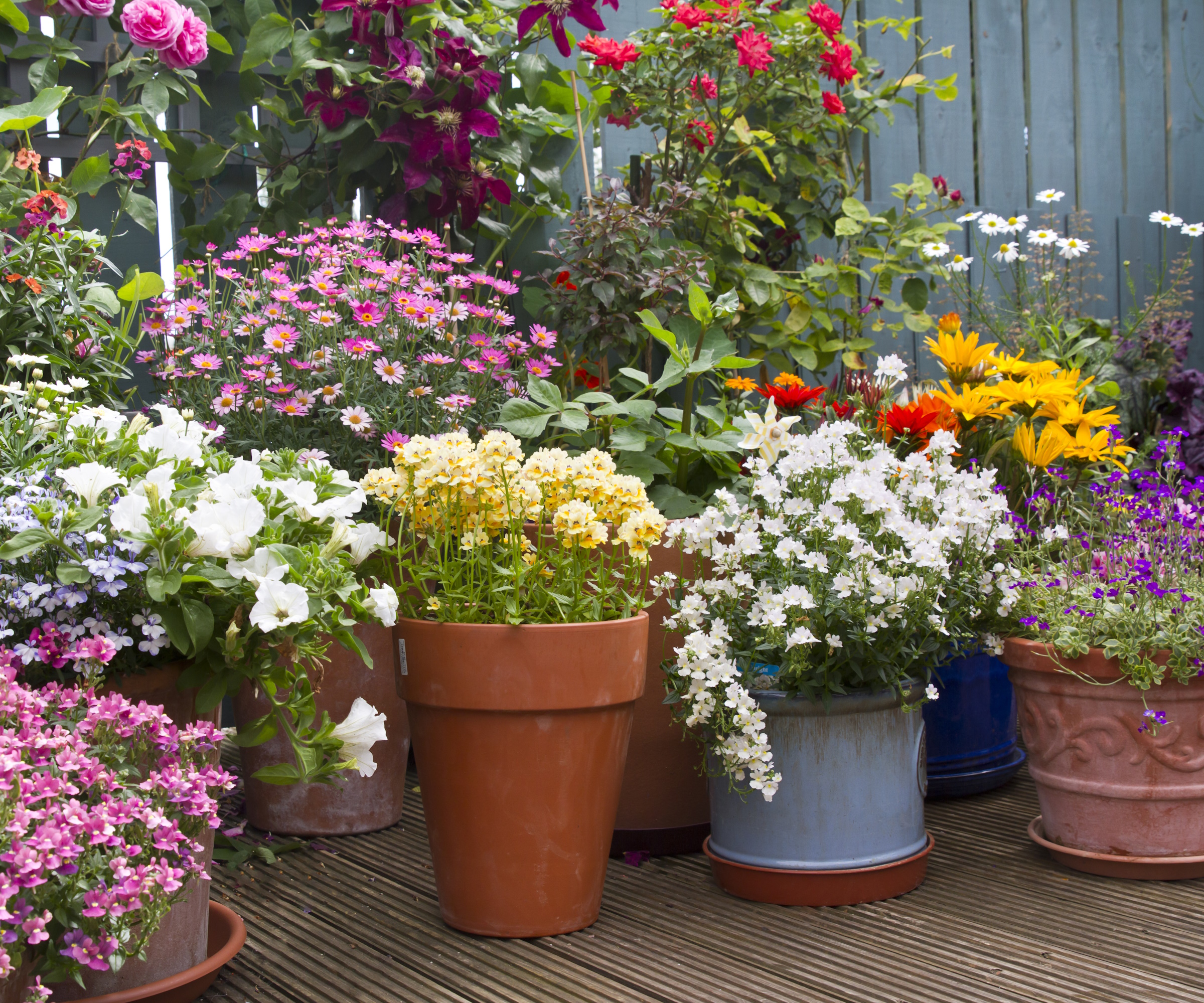
Container and basket plants have limited access to food and water so need extra care
Whatever the current year’s container trends, there are so many delightful ideas for planting up summer containers and baskets with a riot of colorful and flamboyant summer plants that it’s so easy to get carried away!
This year I have several jolly planters on our patio, plus a hanging basket by the front porch, full of petunias, fuschias and trailing plants. One of the summer’s main jobs is keeping them healthy so they flower until the fall.
Plants in confined spaces have limited access to water and food, so it is important not to neglect them.
During very dry spells, you may need to protect patio pots and water containers every day. Check moisture levels by sticking a finger in the compost and if it feels dry, grab your watering can. If wet, try again the next day.
For the best flowering, feed potted plants using liquid tomato feed and deadhead regularly.
Watch out for pests too, especially slugs and snails that escape from the sun under leaves and tuck themselves away under the rim of pots and baskets.
9. Mowing the lawn too short

Don't cut the lawn too short in summer as this will increase the soil's rate of water loss
June is usually the gateway to the hottest days of summer and you may be lucky enough to get a mixture of warmth and rain, which will cause your lawn to grow with gusto.
There are several summer lawn care tasks you can implement to help your grass survive this busy season of outdoor gatherings and games, but cutting grass in hot weather can do more harm than good.
It causes the soil to dry out as it is more exposed to the sun, leading to erosion and creating bare patches where moss and lawn weeds can take up residence.
Your lawn is likely to stop growing during the hottest weeks, so leaving grass a bit longer protects the soil and the grass roots themselves.
Don’t worry if your lawn turns brown and parched; it will soon green up again when the fall rains return, and you’ll be needing water elsewhere in the yard in summer.
10. Looking after yourself, including sun protection and hayfever
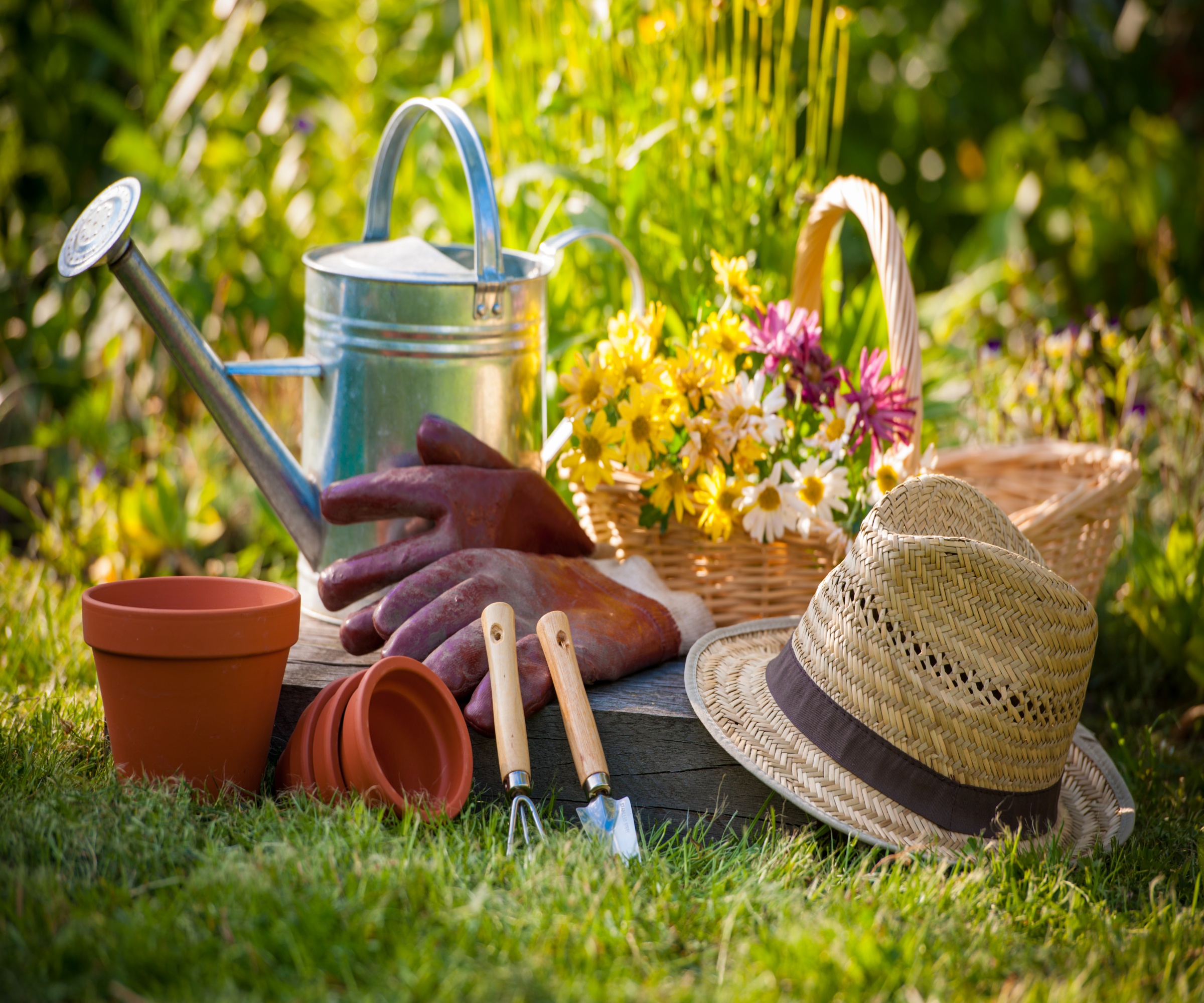
Wearing a hat and long-sleeved shirt when gardening in summer can help against sunburn and hay fever
Your yard needs you to look after it at this most crucial time of the gardening year, so make sure you look after yourself and take steps to avoid problems caused by sunburn and hayfever.
I use suncream and wear a long-sleeved cotton shirt and sunhat when gardening in summer, and save the work for morning and evening when it’s cooler outside.
If you suffer from hayfever (as I do), it is worth considering growing some of the flower varieties that are less likely to trigger your symptoms.
Also wear a hat to keep pollen off your hair, keep your gardening clothes separate from the rest of your wardrobe, avoid drying washing outside in summer and shower after gardening to wash off pollen and dust.
FAQs
What about feeding the birds in June?
June is a busy month for garden birds, who will be sitting on eggs and raising their broods.
They will need a constant supply of fresh water and nutritious bird food to stay healthy and able to feed their chicks.
While they will pick off pests from your plants, it is always good to supplement their diet with quality bird food like this Kaytee All American Wild Bird Food on Amazon.
Disinfect drinking bowls and feeders regularly to prevent the spread of disease, and remove uneaten food before it goes bad in the heat or attracts vermin.
With all the planting, watering, feeding and weeding that goes on now, June is one of the busiest months in the garden.
It is the month that sets up our yards for the summer to come, which is why it is so important that we take care to plan our gardening work and avoid the most common early summer gardening mistakes.
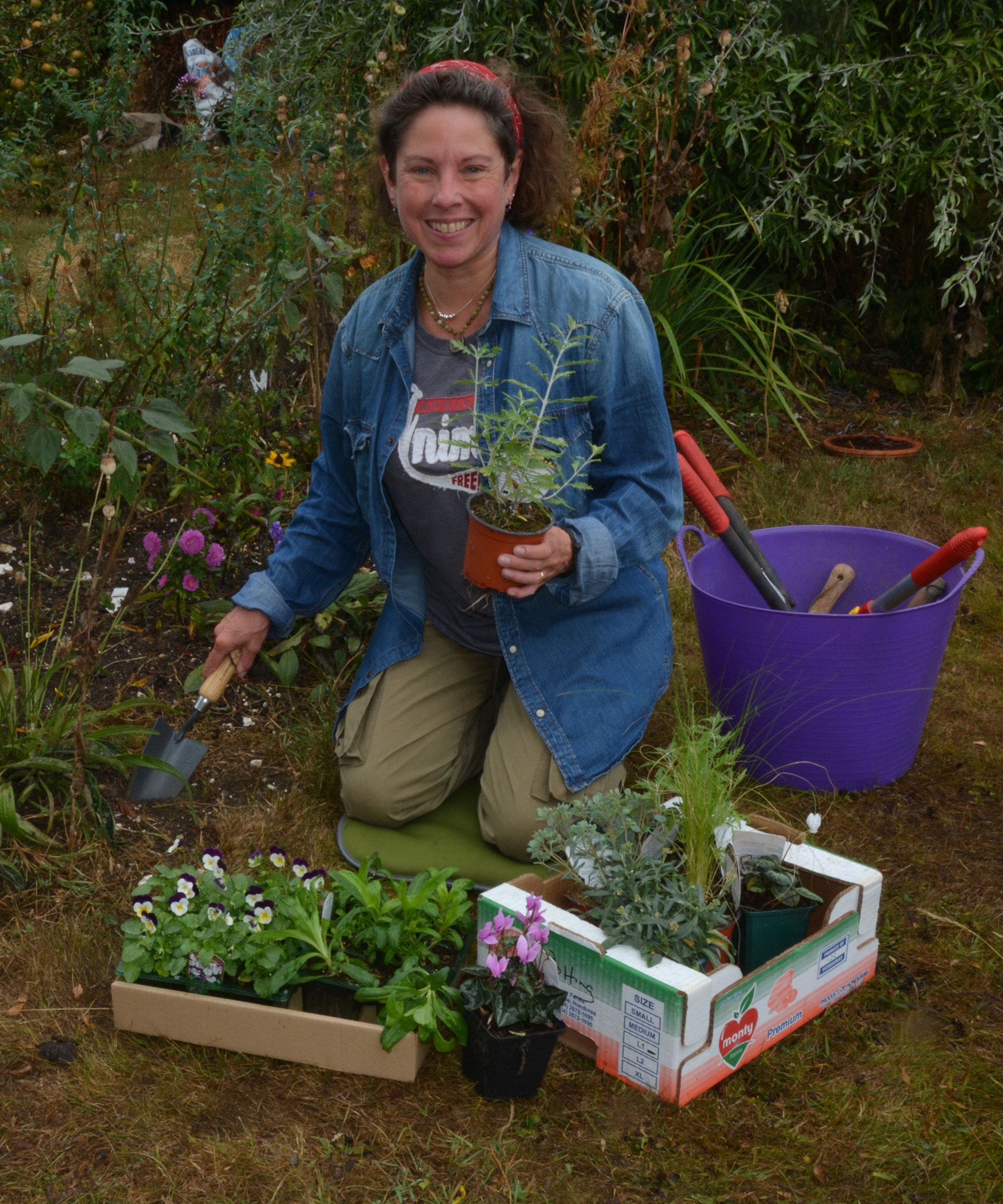
Ruth is a Contributing Editor for Homes & Gardens, and formerly Gardening Editor of Amateur Gardening magazine. She is horticulturally trained, with a qualification from the Royal Horticultural Society. Her work for Amateur Gardening, the world's oldest weekly gardening publication, involved matching gardening tasks with each season, covering everything from sowing and planting, to pruning, taking cuttings, dealing with pests and diseases and keeping houseplants healthy. She is an expert in ornamental plants and edible crops, and everything she writes about and photographs is in her own garden, that has been a work in progress since her family moved there in 2012.
You must confirm your public display name before commenting
Please logout and then login again, you will then be prompted to enter your display name.